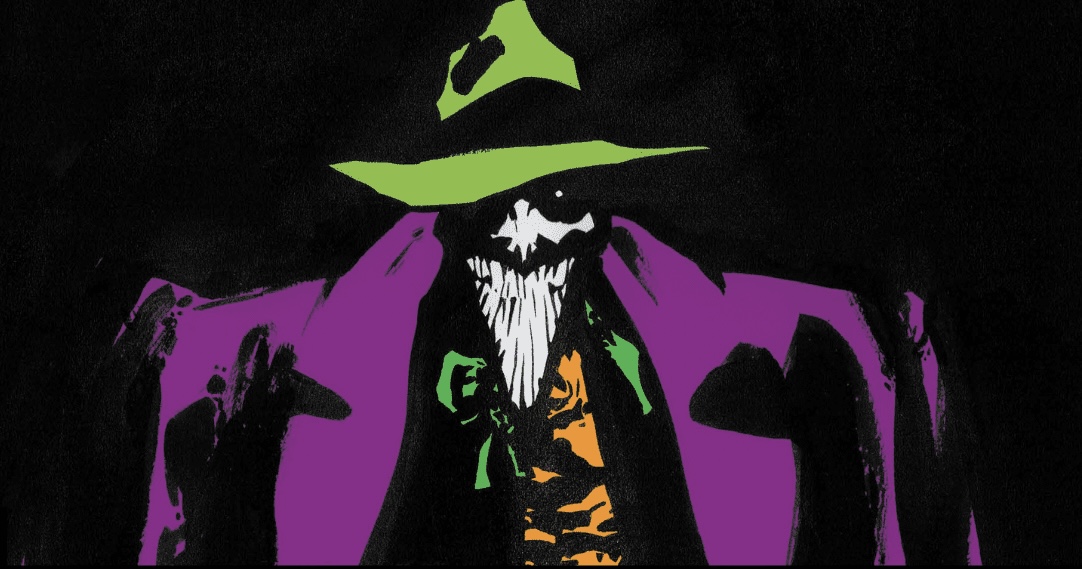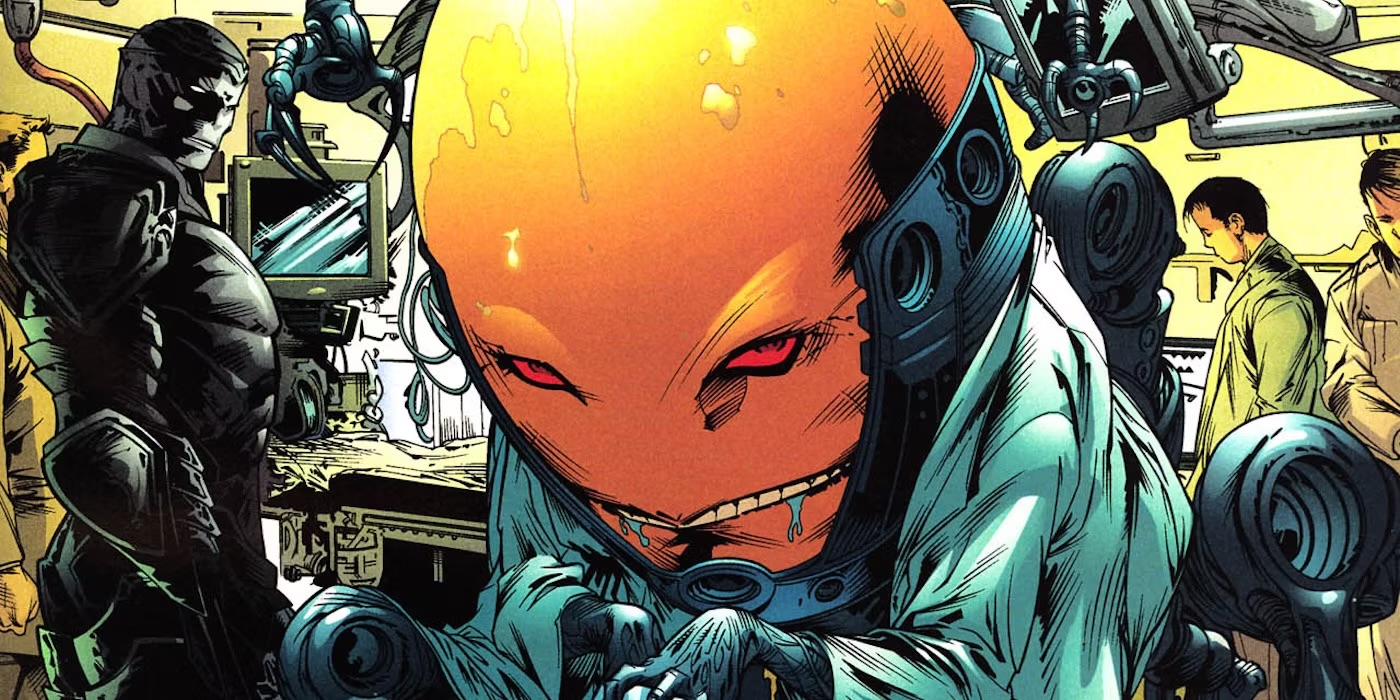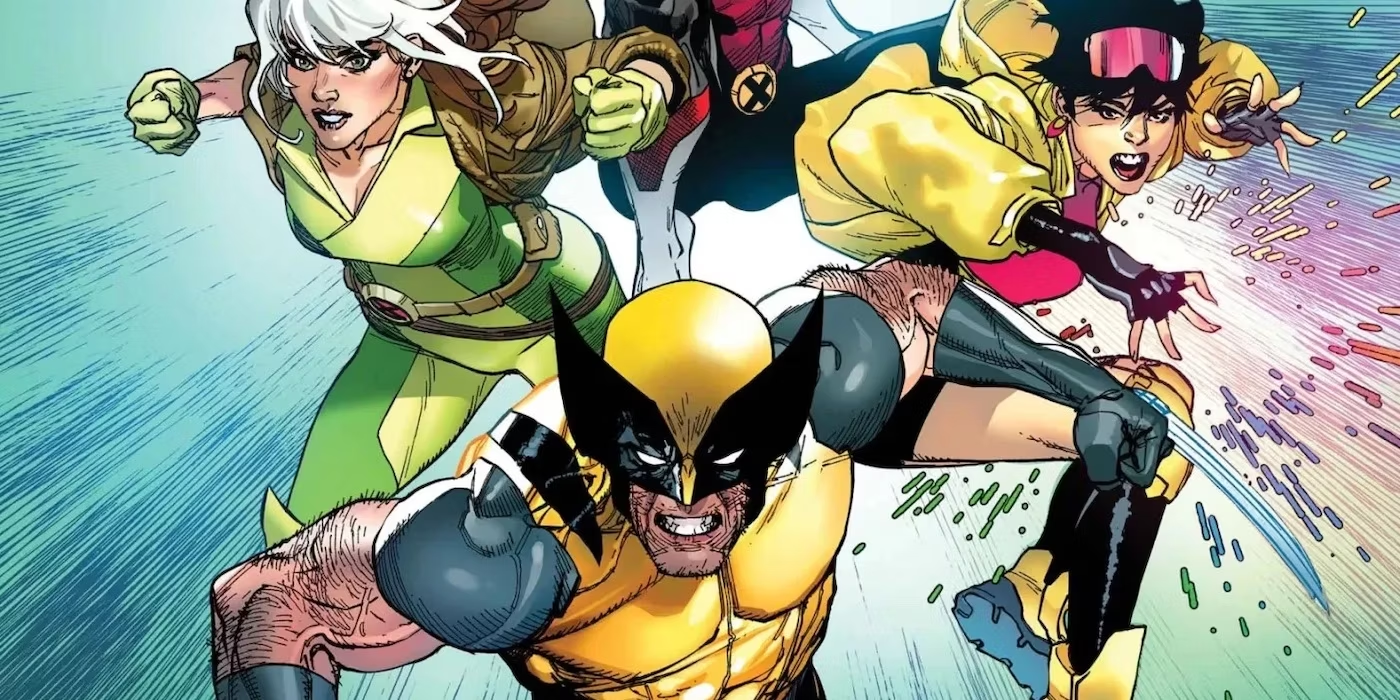Loeb continues his masterful storytelling in Batman: The Last Halloween #5, weaving a web of intrigue, emotion, and chaos that keeps readers on edge. As the story inches closer to its climax, the latest issue delivers intense character moments and shocking twists, though not everything lands perfectly. While the writing remains as sharp as ever, the shift in artistic style may leave fans divided.
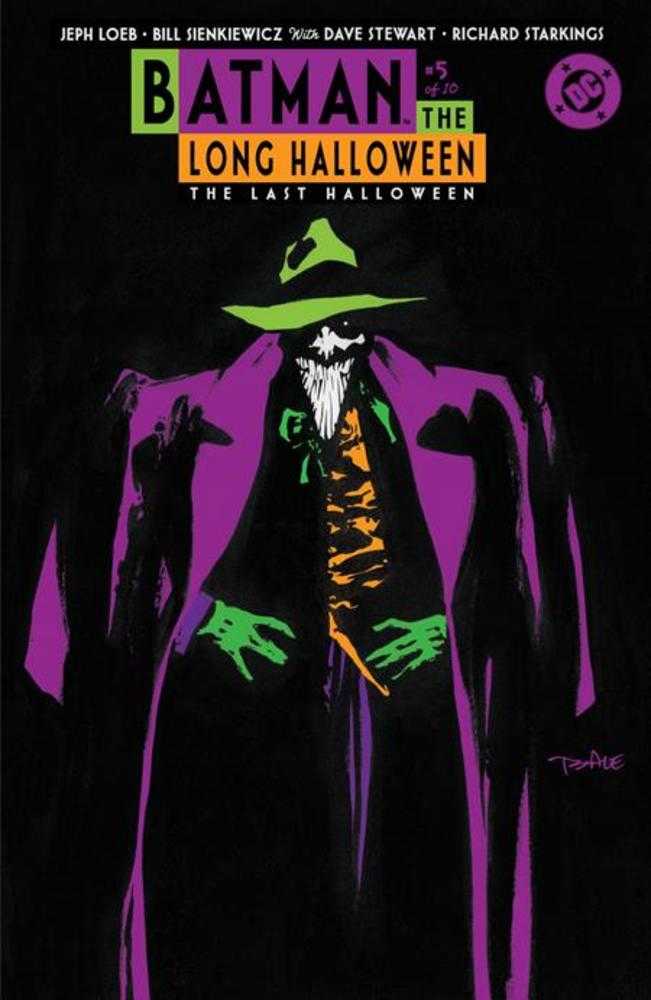
Loeb juggles multiple storylines in this issue, and surprisingly, Batman himself isn’t the most compelling part. That’s not to say his presence is irrelevant—his scenes provide necessary structure, particularly in relation to an intriguing Catwoman revelation—but the emotional weight lies elsewhere.
The Joker, always a wildcard, steals the show with his unique brand of twisted justice. Armed to the teeth, he’s taken it upon himself to recommit Gotham’s most dangerous criminals to Arkham. His methods are as deranged as ever, blurring the line between madness and method. There’s a gleeful unpredictability to his rampage, making every scene he’s in pulse with tension.
Meanwhile, the Gordons’ family turmoil hits hard. Loeb has always excelled at crafting deeply human moments within Gotham’s grim backdrop, and here he delivers again. Their personal struggles feel as weighty as the war on crime unfolding outside their doors. Two-Face’s arc also takes a surprising turn, as he reunites with someone he no longer recognizes—a moment that is both tragic and telling of his fractured psyche.
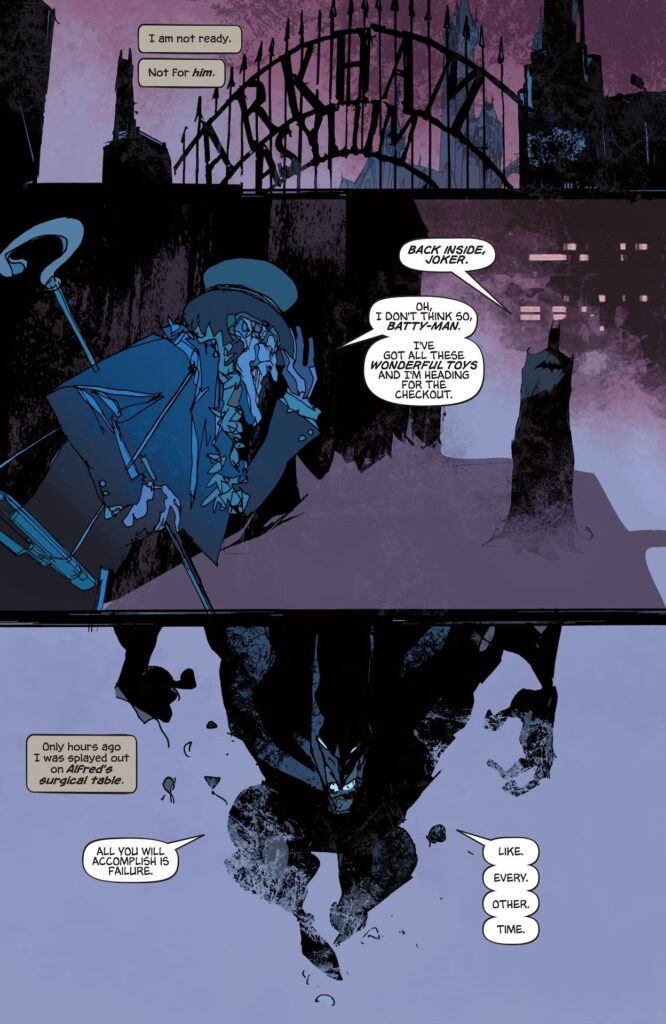
The mystery of the Holiday killer continues to unravel at a deliberate pace. Loeb drops just enough breadcrumbs to tease motives without fully revealing the grand plan. There’s an intentional restraint here, keeping the reader eager for the final pieces to fall into place.
For a series so heavily rooted in noir aesthetics, the artwork in this issue takes a divisive turn. Bill Sienkiewicz, a legend in his own right, brings his signature chaotic, expressionistic style—but for the first time in The Last Halloween, it feels at odds with the story’s established atmosphere.
Previous artists honored the spirit of Tim Sale’s original work on The Long Halloween, embracing the shadows and cinematic compositions that made that series a classic. Sienkiewicz, however, leans into abstraction, with jagged lines and distorted figures that, while visually striking, feel detached from the noir tone.
This shift is most evident in the opening brawl between Batman and the Joker. Rather than immediately immersing the reader in the action, the fragmented and heavily stylized approach creates a sense of disorientation. While that may work in some stories, here it disrupts the established rhythm of The Last Halloween. It takes time to adjust, making it harder to settle into the narrative flow.

That said, some sequences fare better. The intimate moments within the Gordon household benefit from a more restrained approach, capturing the emotional tension effectively. Unfortunately, it isn’t enough to fully balance the more jarring elements of the issue’s art direction.
Despite its artistic departure, Batman: The Last Halloween #5 remains a compelling chapter in the series. Loeb’s writing is as gripping as ever, with standout moments for the Gordons, Joker, and Two-Face that deepen the mystery and emotional stakes. The issue keeps the larger story moving forward, hinting at answers while ensuring the final act still holds surprises.
However, the shift in art style creates a disconnect that some readers may struggle with. Sienkiewicz’s unique vision, while bold, doesn’t fully align with the established tone of The Last Halloween. It’s a rare moment where the visuals detract rather than enhance, making it harder to lose oneself in Gotham’s dark embrace.
Still, for fans invested in the series, this is a must-read chapter. The story remains its strongest asset, and despite artistic hurdles, The Last Halloween continues to build toward what promises to be a thrilling conclusion.

